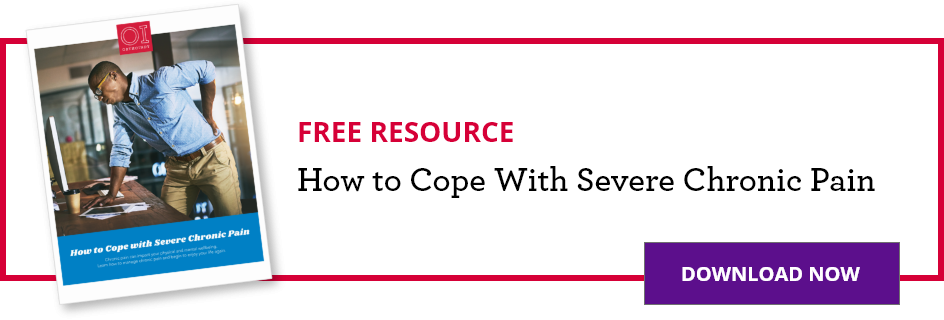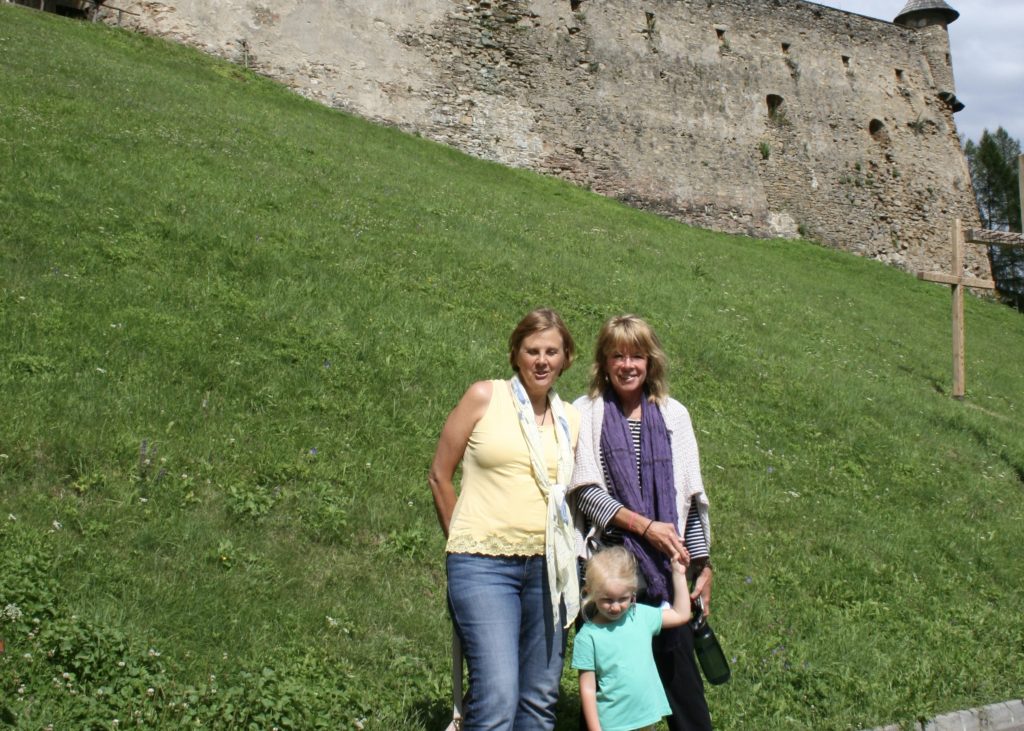THIS POST IS PART OF THE ULTIMATE GUIDE TO NON-SURGICAL ORTHOPEDIC CARE
Christina Engle was 11 years old when her life changed in a single instance. While at the family ranch, everyone was bailing hay, except for Christina who was too young to help. Left to her own devices, she decided to go up to the second story hayloft, unaware that the floor was made of drywall.
Suddenly, Christina crashed through the drywall, landing on the concrete below as her family watched in disbelief. The ambulance came and Christina was taken to the hospital, where she and her family found out that she broke her back and paralyzed both legs from the knees down. She would never walk again.
Christina had to undergo an extensive back surgery while at the hospital, where she remained for two months and two days. She spent her time learning how to live her life in a wheelchair through occupational therapy and physical therapy.
“During this time, I was feeling very depressed and emotionally drained,” said Christina. “After time, I realized when you lose any part of your body and suffer a great loss, you have to take the time to grieve that loss.”
Since that accident 20 years ago, Christina has endured roughly 25 to 30 surgeries. “Each surgery came with new problems,” Christina said. “As my pain tolerance increased, so did my level of pain medication, which became a dependency.”

Overcoming addiction from pain killers
Because of her back pain during this time, Christina was referred to OrthoIndy and Dr. Kevin Sigua, a physiatrist who specializes in pain management. Dr. Sigua focused on helping Christina wean off of her pain medication.
“The goal of physiatrists is to enhance the functional ability and quality of life of those with physical impairments or disabilities,” said Dr. Sigua. “As a physiatrist, I manage the patient’s medical issues and how it affects their functional ability. This includes use of medications, modalities, therapies, and orthotics and prosthetics.”
Dr. Sigua has experience weaning patients off pain medication and follows a specific procedure.
“It’s a complex process, where the physician assesses the patient’s need for pain relief without the use of narcotic medications,” said Dr. Sigua. “Medications are slowly weaned from the patient’s treatment regimen. Other non-narcotic medication, modalities, behavior techniques are used instead of traditional narcotic medications.”
This was also Dr. Sigua’s goal for Christina.
“Christina’s treatment process started by letting her know that she had developed a dependence on narcotic medications,” said Dr. Sigua. “At that point, it was consuming her life at such a young age and if she were to continue like that, it would have been detrimental to her wellbeing and would result in premature death. Once she realized this, she had the courage and strength to wean off narcotic medications.”
Christina was satisfied with her treatment. “OrthoIndy is a finely tuned institution that helps each patient get to the root of the problem and find a solution,” said Christina. “All of the doctors and the nurses I’ve had the pleasure of meeting at OrthoIndy were caring, professional and understanding of my situation. They always took the time out of their busy schedule to accommodate my needs.”
How do you manage pain without medication?
Christina was able to overcome her addiction and improve her quality of life.
“With the help of my supportive mother, I was able to seek help from addiction,” said Christina. “Dr. Sigua is an amazing doctor who helped me through many dark years. I want to thank him for cutting me off of the pain medication so I could get clean.”
Christina has been off pain medication for three years. “Now that I’m clean, life couldn’t be better,” said Christina. “I am now able to deal with the pain.”
There are alternatives to pain medication in order to manage symptoms. “There several non-narcotic medications, modalities like TENS unit, biofeedback and behavioral techniques that can help,” said Dr. Sigua. “Exercise can also be quite helpful. There are more aggressive treatment options which include injection therapy, spinal cord stimulation and implantable pain devices, which can also be useful.”
Christina has been using writing as an outlet for her feelings and as a coping mechanism throughout the years. “I’m in the process of writing a book of poetry,” said Christina. “I’ve kept all of my writing since the accident happened, which is what I want to fill my book with.”
Christina wants to share her message of hope with others. “Everything happens for a reason,” said Christina. “Everything I’ve been through has only made me wiser and stronger. Always count your blessings.”
Learn more about non-surgical orthopedic care at OrthoIndy.
Schedule an appointment
Your well-being is important to us. Click the button below or call us to schedule an appointment with one of our orthopedic specialists. If your injury or condition is recent, you can walk right into one of our OrthoIndy Urgent Care locations for immediate care. For rehabilitation and physical therapy, no referral is needed to see one of our physical therapists.





